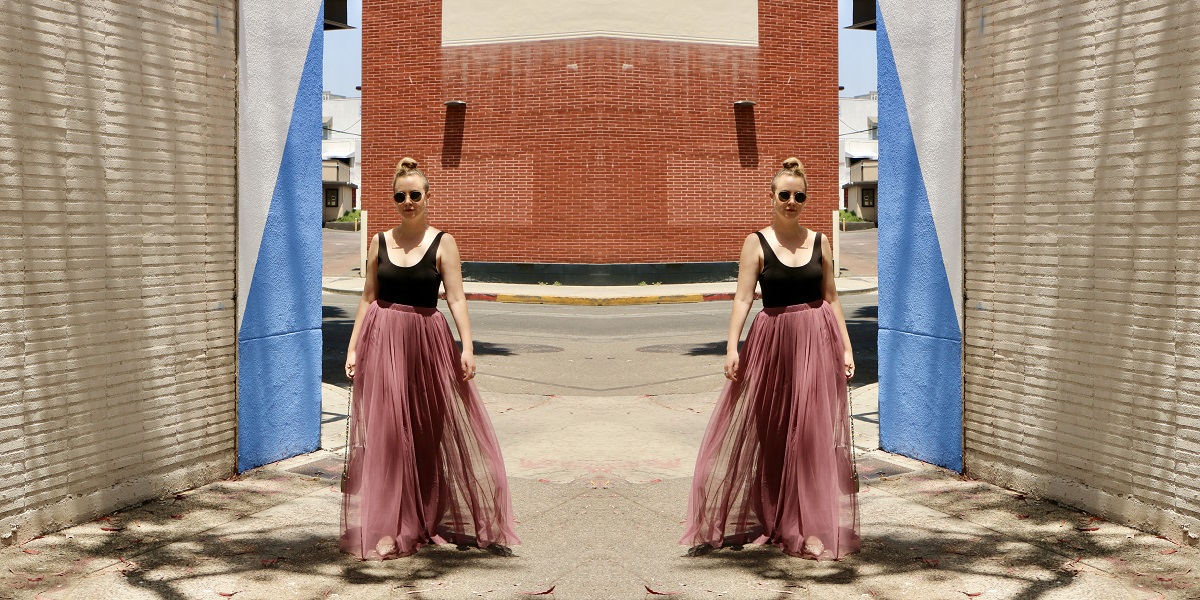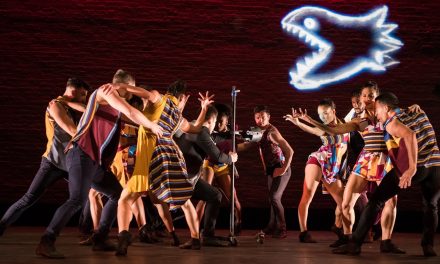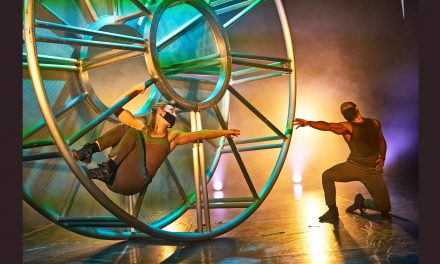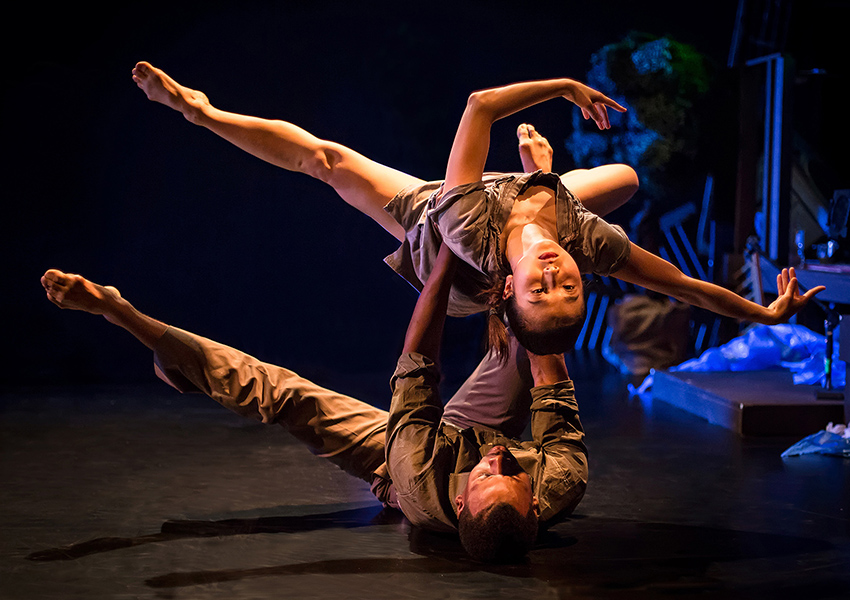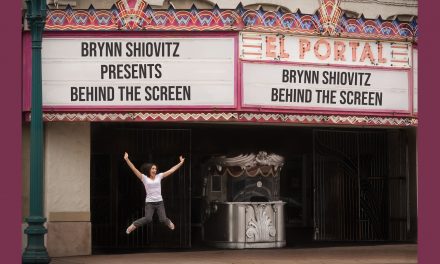Observing fashion two years into the pandemic, I kept seeing tulle. First, I saw it in a window display outside of the fashion retailer Zara featuring a collection created in collaboration with the New York City Ballet. The mannequins wore short tulle skirts, knitted wrap sweaters, alpaca leggings, and of course, ballet flats in nude and black. I saw it next on Sarah Jessica Parker’s character Carrie Bradshaw in And Just Like That as she strutted down the streets of Manhattan in a full-length white tulle skirt, a homage to Bradshaw’s ballerina-inspired look in the opening credits of Sex and The City. Then, I saw it on Tessa Thompson, who walked the 2022 Met Gala carpet in a cascading pink tulle gown designed by the house of Carolina Herrera.
Ballet-inspired fashion is having a moment, and I learned that it has been given an uninspired name that sounded more like a fitness class than a fashion aesthetic: balletcore. Fashion editors have called balletcore the next step in the activewear evolution, departing from tight lycra and nylon in favor for cozier cotton and knits. It has also been dubbed a post-pandemic version of the bodycon look, as the trend shows off tighter, shorter, and sheerer silhouettes while still offering protective looser layers. Indicating the trend’s popularity with Millennials and Generation Z, the trend has also taken off on social media. Pinterest reports that the search volume for the aesthetic increased by 1,566% over the past year, and #balletcore has nearly twenty-four million views of TikTok.
Despite fashion editors intellectualizing the trend and younger American’s clear embrace, I was perplexed by balletcore’s popularity. Ballet, and by extension, ballet attire, has long profited off its proximity to whiteness and has historically prioritized thin, white bodies. As culture writer Chloe Angyal wrote, “Ballet is a stronghold for white womanhood, a place where whiteness is the default and white femininity resigns supreme.” Ballet’s history is out of step with the ethos of Gen Z, America’s most racially and ethnically diverse generation and the first to have grown up in culture in which the “body positivity” movement was mainstream.
And then there is the quandary of ballet’s inextricable ties to Russia and global politics. Although ballet was not born in Russia, most critics agree that classical ballet reached its zenith at the Imperial Russian Ballet in St. Petersburg in the late nineteenth century, and it was in that era that Swan Lake, Sleeping Beauty, and The Nutcracker were created, works that remain staples in ballet companies’ repertoire. Ballet is an important cultural export for Russia, and Russian ballet has served as a diplomatic tool. For example, the New York Times reported that President John F. Kennedy attended the Moscow-based Bolshoi Ballet’s Swan Lake in New York as his first social outing after resolving the Cuban missile crisis as a sign of easing Cold War tensions. Today, to signal political discord following Russia’s invasion of Ukraine, the U.S. and the West canceled performances by Russian artists with allegiance to the Kremlin, and Russian ballet companies’ European tours were largely canceled. Hence my surprise when Emma Stone arrived at the 2022 Met Gala wearing a coiffed bun with a center part—the style of ballet bun closely associated with twentieth-century Russian ballerinas’ performances of storybook ballets such as Giselle. Stone’s hairstylist acknowledged being “inspired by the classic ballerina bun” seemingly without understanding what made the bun so “classic.”
In this way, balletcore as a fashion trend has successfully decoupled the aesthetic from ballet’s own history as an art form and a symbol of Russian global influence. How has balletcore accomplished such decontextualization? I wondered if the trend’s popularity could be explained in part by American’s enthusiasm for seeing live performance again as we inch closer to a post-pandemic world, a theory bolstered by Netflix’s recent loss of subscribers who may be tired of sitting at home with streaming platforms. To test this theory, I attended numerous live dance performances across California over the last few months, seeing classical and modern companies alike and observing audiences’ fashion. Were attendees literally wearing their excitement for the performing arts?
Ultimately, the results were mixed both in terms of enthusiasm and fashion. Audiences were exuberant when seeing the Alvin Ailey American Dance Theater perform in downtown Los Angeles, especially following the director’s speech about “taking nothing for granted” after two years of confronting the fragility of human life and democracy. Bay Area audiences at one of San Francisco Ballet’s contemporary programs gave the dancers a standing ovation, as did a packed audience in Beverly Hills when seeing the New York-based Complexions Contemporary Ballet. But there were lots of empty seats at the Hamburg Ballet when they toured in Los Angeles and at the Ballet Hispánico when they toured in Santa Barbara.
As for fashion, I saw some balletcore. At an LA Dance Project premiere in a black box theater in Los Angeles’ arts district, a few audience members mixed flowy pastel fabrics with chunky heels and leather jackets; it was balletcore with edge. At Complexions Contemporary Ballet, several women paired strappy silk dresses with lace-up high heels that tied around the ankle, a sartorial reference to pointe shoes. I did not, however, find balletcore at the place at which I most expected to see it, on a college campus. I saw a performance by the company A.I.M by Kyle Abraham at a theater on UC Santa Barbara’s campus, and I anticipated college-aged audiences to have embraced the easy-breezy yet body-hugging balletcore look. Instead, I more frequently saw the normcore aesthetic, a trend characterized by jeans, t-shirts, and sweats. Going to see live dance had clearly not turned into a dress-up Comic-Con of sorts where attendees donned balletcore to see dancers perform.
The more I saw dance, however, the more I noticed another trend relating to ballet that does help explain balletcore’s popularity—the global craze for Swan Lake. Reviewing dance companies’ websites in search of my next performance, I realized that one could travel around the world and see twenty-five different productions of Swan Lake in 2022 alone. Such travel would include to cities all over the U.S., including Miami, Pittsburg, Salt Lake City, San Francisco, and Austin, Canada, and Europe, including Amsterdam, Helsinki, Berlin, Liverpool, and St. Petersburg (of course). Showing the craze’s reach, such travel would also include touring Asia, particularly Hong Kong, Tokyo, and Wuhan, in addition to cities in Africa, including Cape Town.
To be sure, Swan Lake’s plot cannot account for its recent popularity. It is the story about a woman doomed by a man to take an animal form unless and until another man vows everlasting love, hardly a fable speaking to women’s rights and contemporary changes to gender power dynamics. Instead, I think that the same impulses that account for the Swan Lake craze contribute to the rise of balletcore: seeking escapism.
When I asked fellow audience members why they had chosen to see San Francisco Ballet’s Swan Lake this past spring, many of whom selected this ballet as their first live dance performance following the pandemic, I heard common themes. They craved the grandeur of the iconic ballet, the fanciful sets depicting a fantasy land, the glamorous costuming of white and black tutus, and the high drama of presumed betrayal and eternal love. In learning audiences’ desire to be transported to “a land of make believe” for an evening, I better understood balletcore as a similar striving for escapism and elegance that could be incorporated into daily life. In seeing how the Swan Lake craze had spread beyond its European roots to reach Asia, I better appreciated how balletcore had become decoupled from ballet’s own history and politics, including its connection to Russia.
I also began to see parallels between how artistic directors described ballet’s role today and how fashion editors interpret balletcore. Vasyl Vovkun, the artistic director of the Lviv National Opera in Ukraine, told CNN that it was crucial to reopen the theater to give Ukrainians “something to forget the news,” believing that audiences could be “spiritually resurrected during the war” by watching ballet. So important is it to keep dancing that the Royal Ballet in London recently staged a special performance of Swan Lake to generate aid for Ukraine; Swan Lake truly symbolized emotional and economic relief for audiences and a war-torn country. Echoing Vovkun’s poignancy, Taylor Tomasi Hill, a creative director of a shopping platform, told W Magazine that she attributed the prevalence of ballet inspiration in fashion to the fact that “reality has been harsh lately,” and “there’s a bit of escapism in [ballet-inspired] pieces” due to their “irresistible romanticism and grace.”
As an unlikely pairing, ballet companies’ artistic directors rehearsing Swan Lake and Instagram influencers posing in tulle skirts have set out on the common goal of attracting audiences and followers through classical ballet’s transcendent power. Ultimately, the best way to understand balletcore’s popularity may be to grasp Misty Copeland’s definition of ballet itself: “something pure in this crazy world.”
Written by Laura Goodall for LA Dance Chronicle.
Featured image: Balletcore – Photo by Melissa Goodall

